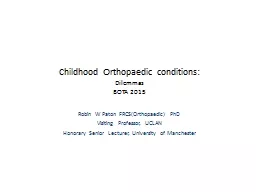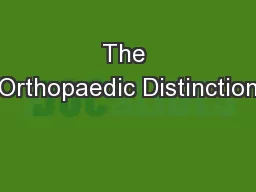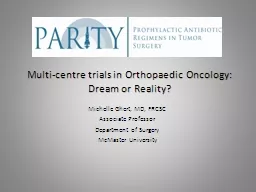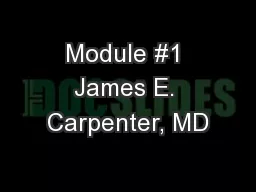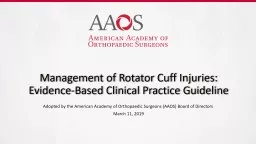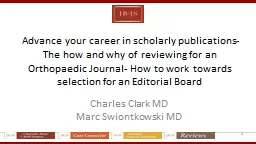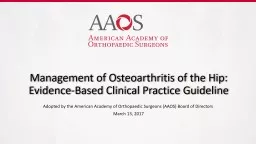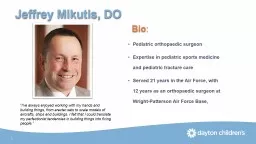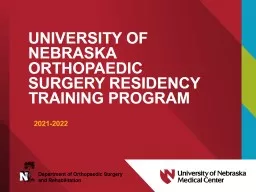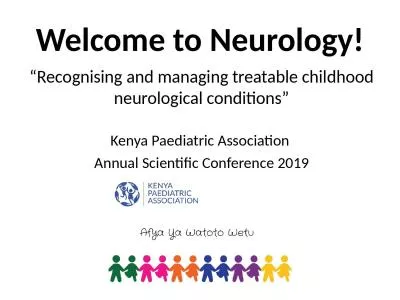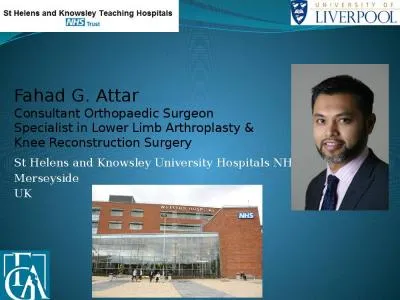PPT-Childhood Orthopaedic conditions:
Author : debby-jeon | Published Date : 2020-04-10
D ilemmas BOTA 2015 Robin W Paton FRCSOrthopaedic PhD Visiting Professor UCLAN Honorary Senior Lecturer University of Manchester Congenital Talipes Equinovarus
Presentation Embed Code
Download Presentation
Download Presentation The PPT/PDF document " Childhood Orthopaedic conditions:" is the property of its rightful owner. Permission is granted to download and print the materials on this website for personal, non-commercial use only, and to display it on your personal computer provided you do not modify the materials and that you retain all copyright notices contained in the materials. By downloading content from our website, you accept the terms of this agreement.
Childhood Orthopaedic conditions:: Transcript
Download Rules Of Document
" Childhood Orthopaedic conditions:"The content belongs to its owner. You may download and print it for personal use, without modification, and keep all copyright notices. By downloading, you agree to these terms.
Related Documents

